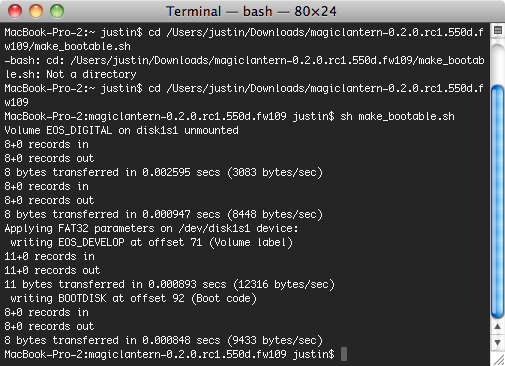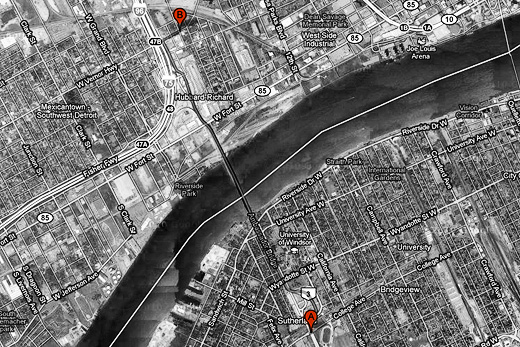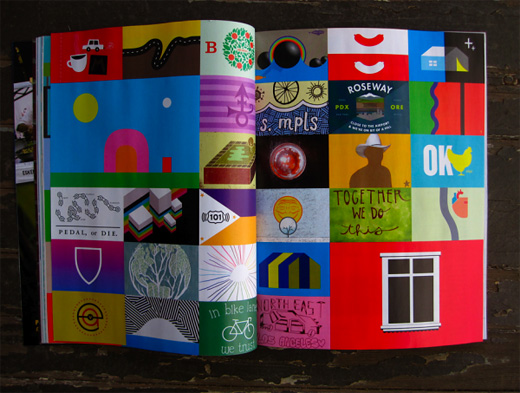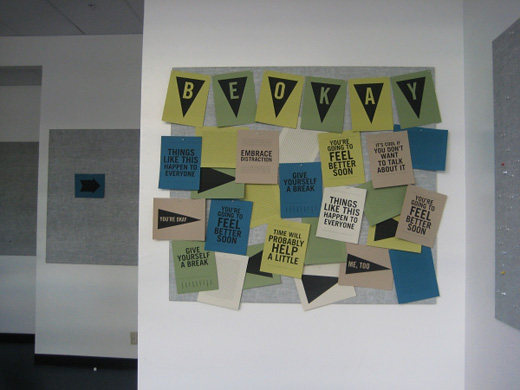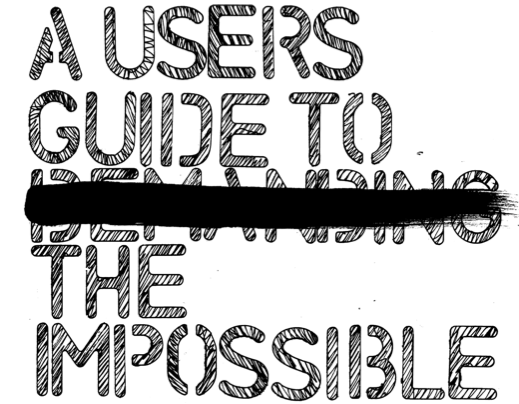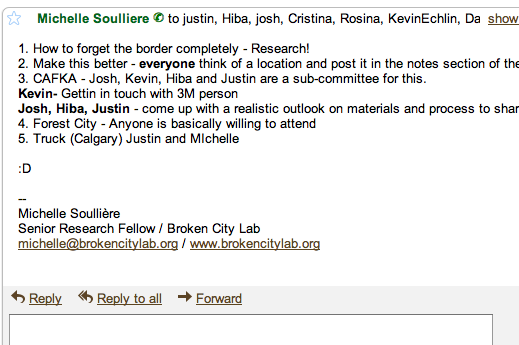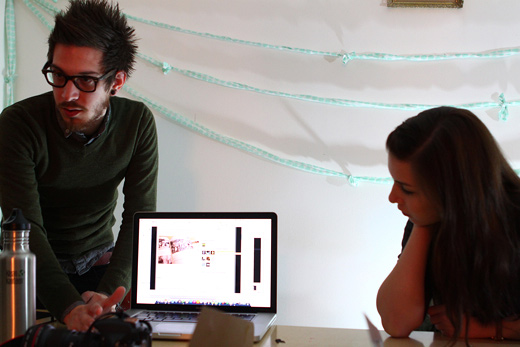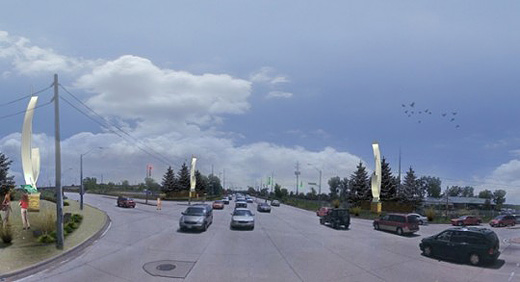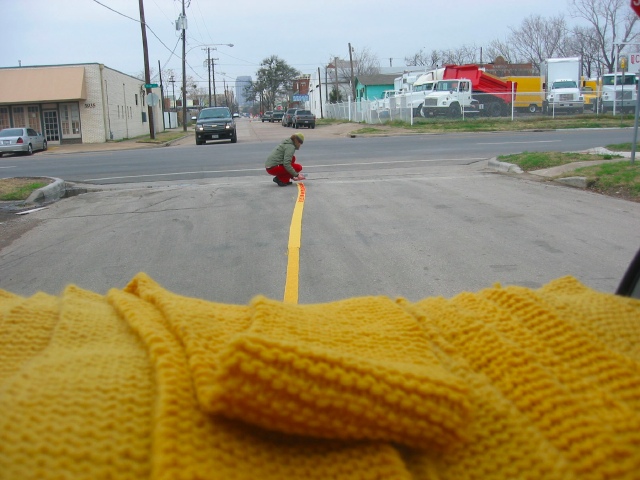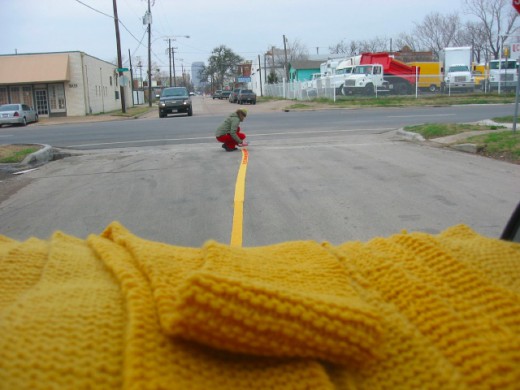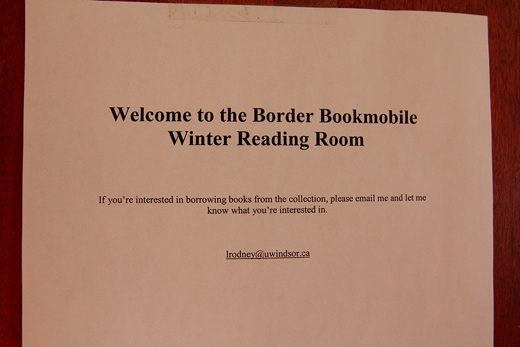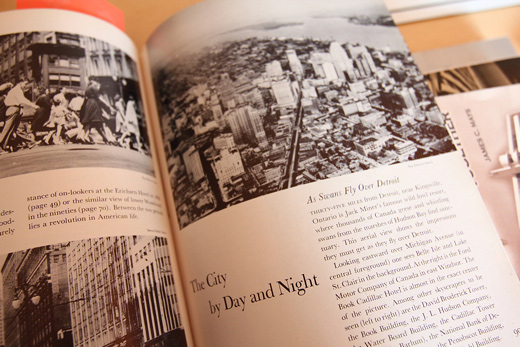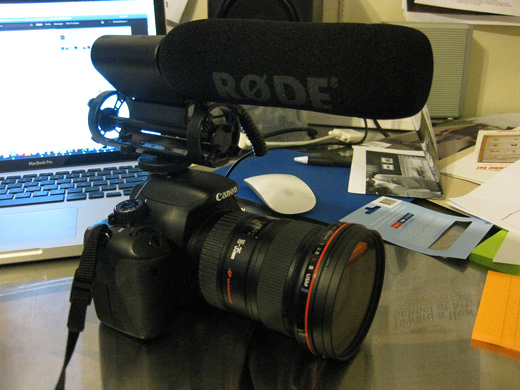
Part of our research for How to Forget the Border Completely is going to come from a lot of video. We’re not sure how many interviews we’ll do or exactly where we’ll be shooting, but we wanted to be prepared. I’ve had a Canon T2i for over a year now and it’s a very solid camera. I originally picked it up because of its video capabilities (specifically, the 24p option), but I hadn’t really made much time to shoot anything.
So, while HFBC seemed like the perfect opportunity to start, I also knew we needed to upgrade things a bit. I read about the Magic Lantern firmware hack a little while ago and finally got around to installing it — more in a bit on that — and with the advice from Karlyn‘s partner, John, I also picked up a Rode VideoMic and Zoom H1 for audio.
